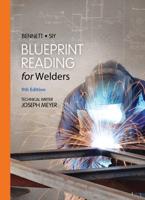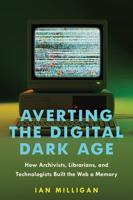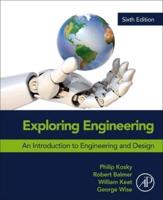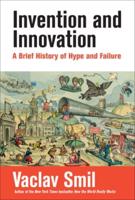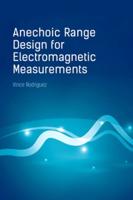Publisher's Synopsis
Excerpt from Mechanical Drawing: A Treatise on the Drawing of Mechanisms and Machine Details, Including the Making of Different Classes of Drawings, the Dimensioning, Reading, and Checking of Working Drawings, Numbering and Filing Systems for Drawings, and General Drafting Room Practice
AS mechanical drawing has been a very popular subject among students in schools and shops, numerous text-books have been published on mechanical drafting practice. This book is added to the list because the publishers believe that there has been need for a treatise dealing more thoroughly with methods which are actually employed in well-managed drafting-rooms. Many books on mechanical drawing have covered such subjects as geometrical drawing problems, ortho graphic projection, the development of intersecting surfaces, etc., but the application of these principles and the real object of mechanical drawing as related to machine and tool manu facture has been dealt with vaguely, in many instances. The student has been taught certain details, but he has not been given a clear conception of the work of draftsmen and de signers in _the drafting-rooms of machine-building plants. This book presents the subject in a way that will enable the student to understand what the term mechanical drawing really means in its broadest sense, the essential features of modern drafting practice, and the difference between the mere representation of a design by a suitable drawing and the more valuable work of originating and developing the design itself.
About the Publisher
Forgotten Books publishes hundreds of thousands of rare and classic books. Find more at www.forgottenbooks.com
This book is a reproduction of an important historical work. Forgotten Books uses state-of-the-art technology to digitally reconstruct the work, preserving the original format whilst repairing imperfections present in the aged copy. In rare cases, an imperfection in the original, such as a blemish or missing page, may be replicated in our edition. We do, however, repair the vast majority of imperfections successfully; any imperfections that remain are intentionally left to preserve the state of such historical works.


